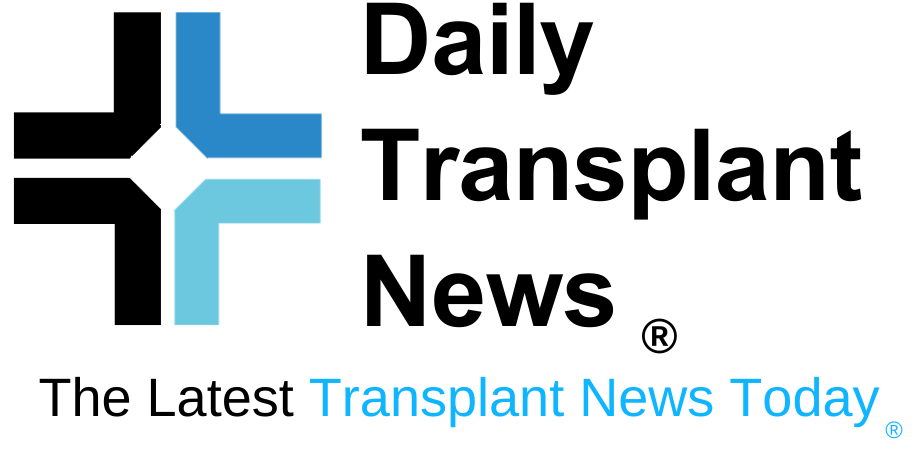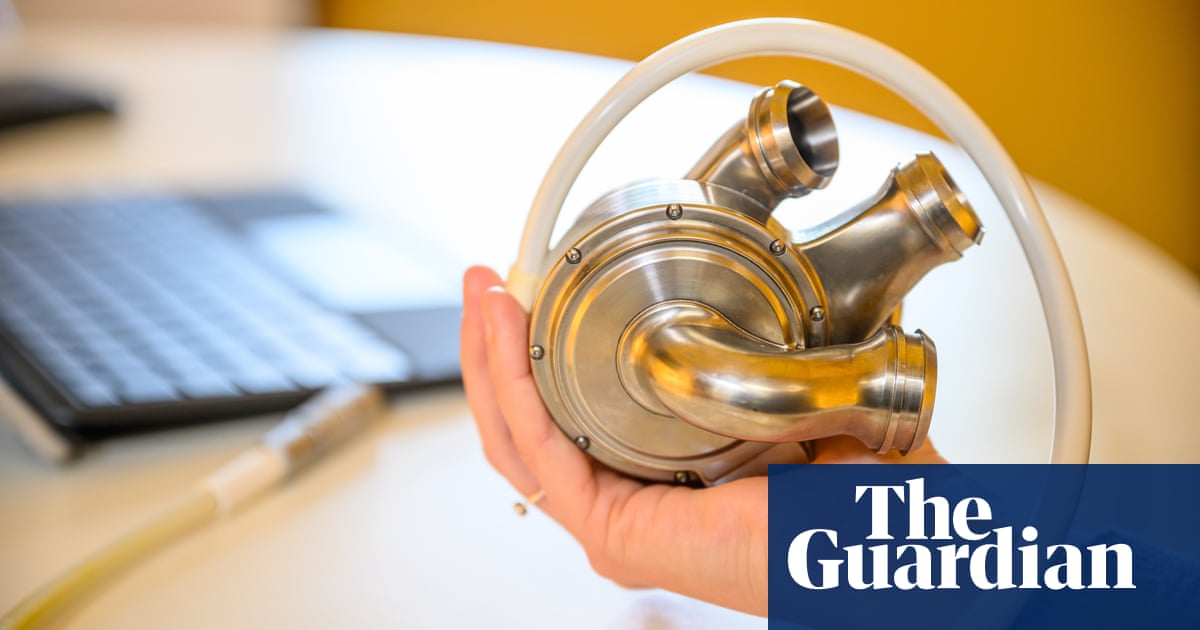A heart-failing Australian man has become the first in the world to leave the hospital with an all-artificial heart implant.
Australian researchers and doctors behind the operation announced Wednesday that the implant was a “non-exempt clinical success” after the man lived on the device for more than 100 days before undergoing a donor heart transplant in early March.
Invented by Queensland-born Dr. Daniel Timmes, Vivacoll's total artificial heart is the world's first implantable, rotary, rotary blood pump that uses magnetic levitation techniques to recreate the natural blood flow of a healthy heart.
Implants are still in the early stages of clinical research, and are designed for patients with end-stage biventricular heart failure. Usually occurs after other conditions – Most commonly, heart attacks and coronary heart disease, as well as other diseases such as diabetes, can damage or weaken the heart, preventing the body from effectively pumping blood.
Over 23 million people worldwide suffer from heart failure each year, but only 6,000 people receive donor hearts. According to the Australian governmentprovided $50 million to develop and commercialize Vivacoll devices as part of the Artificial Heart Frontier Program.
Although implants are designed as a bridge to keep patients alive until donor heart transplants are available, Vivacoll's long-term ambition is to allow implant recipients to live with the device without the need for a heart transplant.
The patient is a man in his 40s from New South Wales who had experienced severe heart failure and volunteered to become the first recipient of an entire artificial heart in Australia and sixth in the world.
The first five implants were performed in the US last year, all receiving the donor's heart before being discharged from the hospital.
The Australian patient received the device at St. Vincent's Hospital in Sydney on November 22nd and was equipped with a six-hour procedure led by cardiothoracic and transplant surgeon Paul Jants.
The patient refused to be identified was discharged from the hospital in February along with the implant. In March, donor hearts were now available for transplantation.
Jans said it was a privilege to be part of such a pioneering Australian medical milestone.
“We've been working at this moment for years and we're extremely proud to be the first team in Australia to do this procedure,” Jans said.
St. Vincent's cardiologist Professor Chris Hayward said Vivacole's heart would convert treatment for heart failure internationally as he led the man's observations in the intensive care unit a few weeks later.
After the newsletter promotion
“The whole artificial heart of a whole new ball game of heart transplants, both Australia and internationally, is guiding the total heart of an artificial heart,” he said. “In the next 10 years, we will ensure that artificial hearts will be an alternative to patients who cannot wait for their donor's heart, or when the donor's heart is simply unavailable.”
A board member of the Heart Foundation, professor at the University of Queensland and not involved in the trial, said the success was “a great technical advance for artificial hearts before implantation – a heart bridge.”
However, Colquhoun warned that the duration of functional (over 100 days) of artificial hearts is still significantly less than that of donor hearts, which are over 10 years (or 3,000 days).
Colquhoun therefore said that before artificial hearts were considered an alternative to heart transplants, it was still a “long road”;
He emphasized that the number per population per capita experiencing heart failure is much lower for the currently available cardiac medications. The peak mortality rate from heart disease was dying from a population of 11 million to 47,000 Australians, compared to 45,000 of the 26 million Australians in 2022.
The implant is the first of a series of steps planned in Australia as part of the Monash University-led Artificial Heart Frontier Program. Three important devices To treat the most common forms of heart failure.

